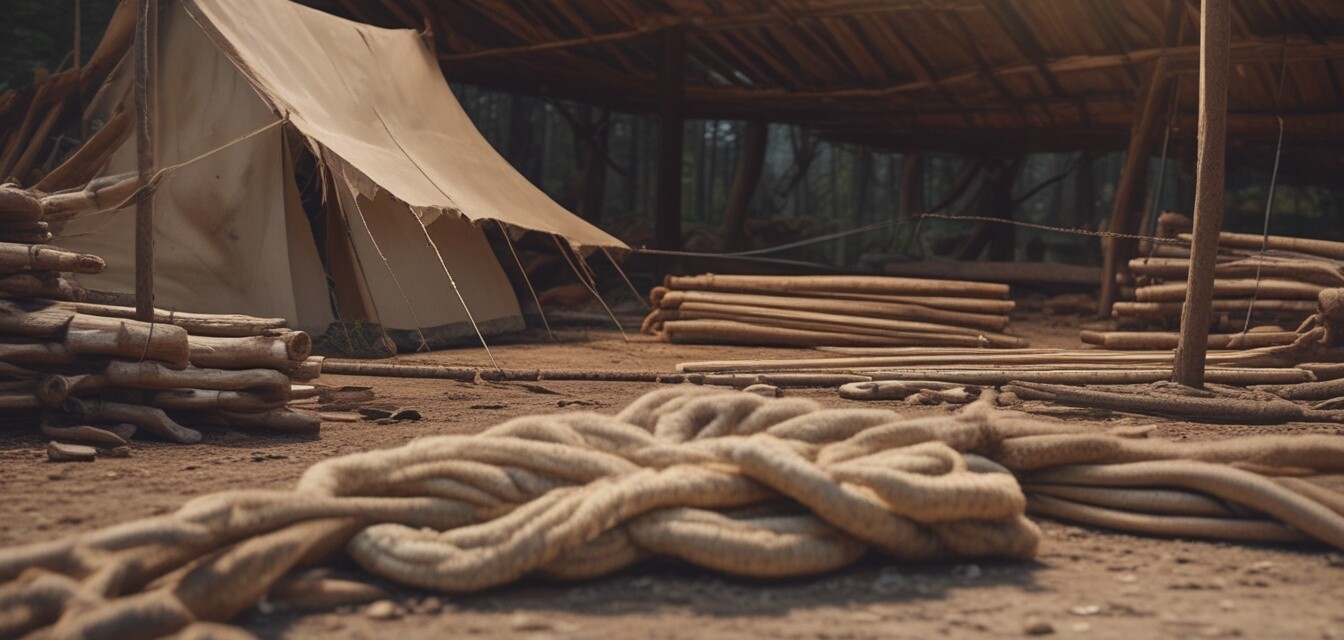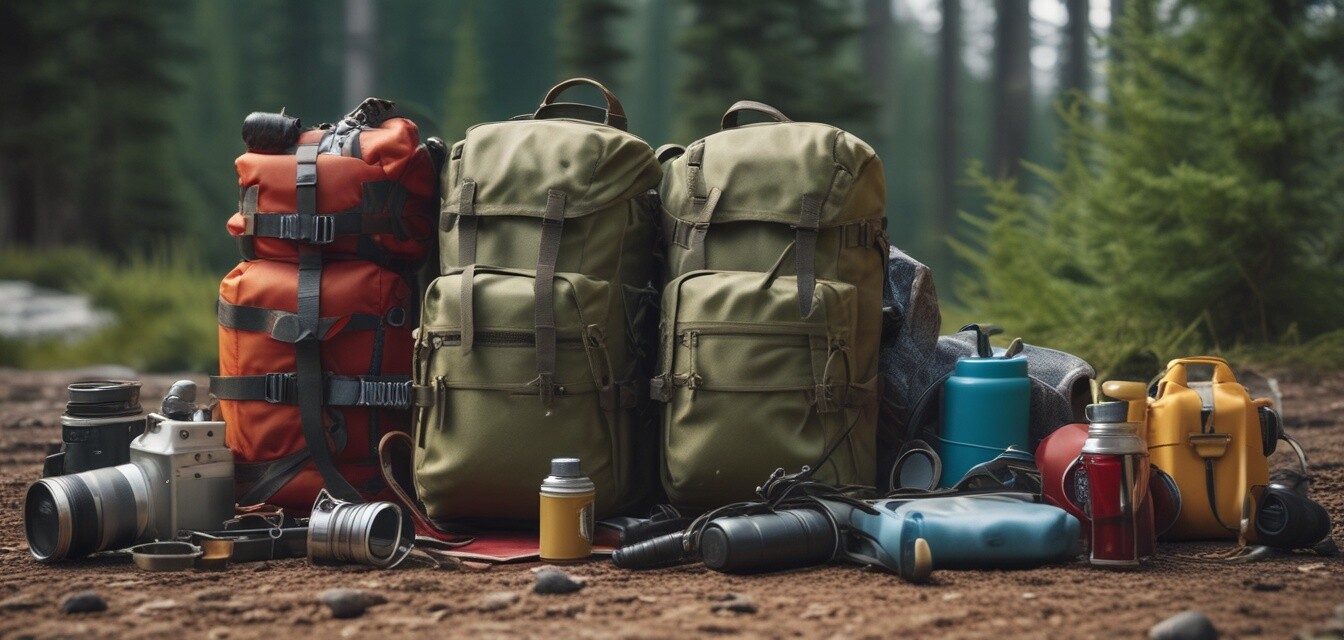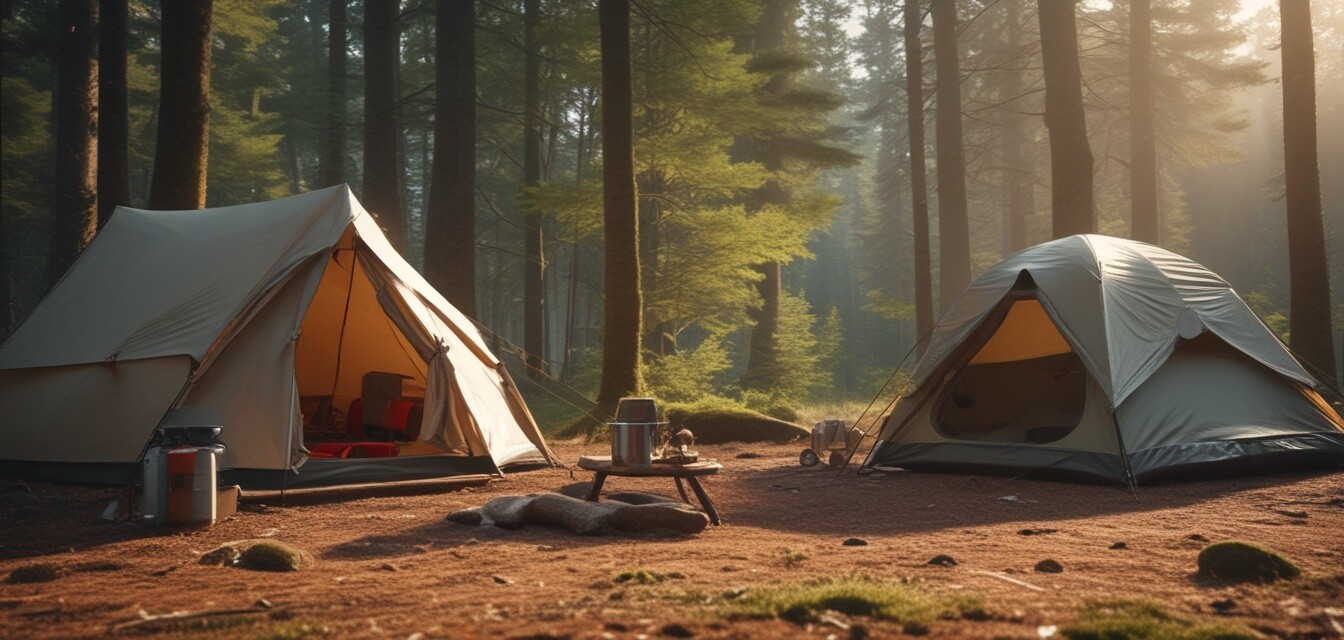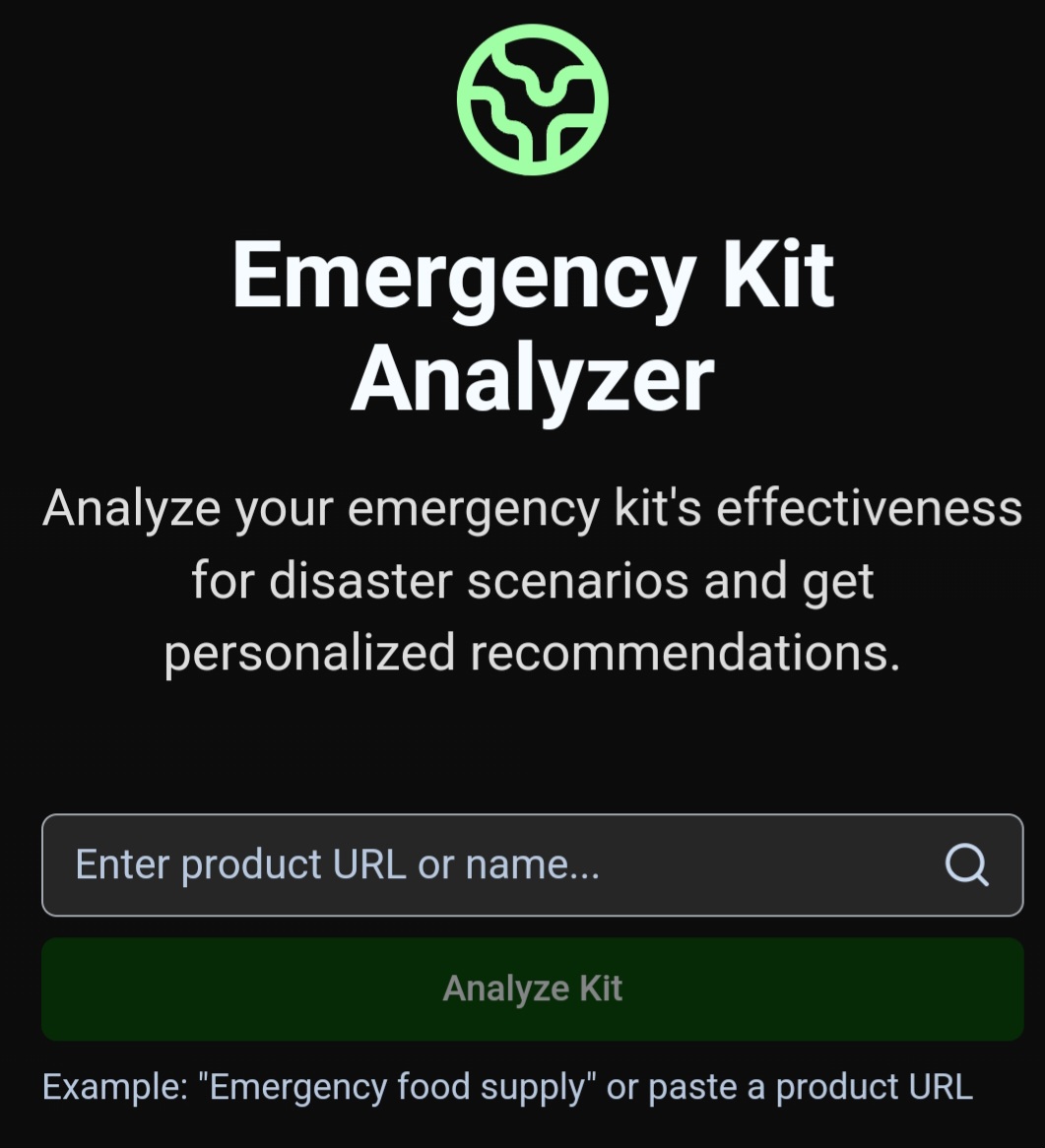
Emergency Shelter Construction
When venturing into the great outdoors, having a reliable emergency shelter can be a lifesaver. In this article, we'll cover the essential elements of building emergency shelters in outdoor environments.
Key Takeaways
- Choose a safe location for your shelter, considering factors like wind direction, water sources, and accessibility.
- Select the right materials for your shelter, such as tarps, ropes, and stakes, depending on the environment and weather.
- Learn various shelter construction methods, including the A-frame, lean-to, and debris hut.
Understanding Shelter Priorities
When building an emergency shelter, it's crucial to prioritize your needs. Here's a list of factors to consider:
| Shelter Priority | Description |
|---|---|
| Wind and Rain Protection | Protection from harsh weather conditions. |
| Insulation and Warmth | Keeping your shelter warm and cozy. |
| Visibility and Signaling | Making your shelter visible for potential rescuers. |
Shelter Location Considerations
Before constructing your shelter, it's essential to choose a safe location. Here are some factors to consider:
- Wind Direction: Avoid areas with strong winds that can damage your shelter.
- Water Sources: Choose a location near a water source, but not too close to avoid flooding.
- Accessibility: Select a location that's easy to access, in case you need to leave quickly.

Shelter Construction Methods
There are various shelter construction methods to choose from, depending on your environment and resources. Here are a few:
| Method | Description |
|---|---|
| A-Frame Shelter | A classic shelter design using two sloping sides that meet at the top. |
| Lean-To Shelter | A simple shelter design using a sloping roof and a wall. |
| Debris Hut Shelter | A more complex shelter design using natural debris like branches and leaves. |
Shelter Building Materials
When building an emergency shelter, it's essential to have the right tools and materials. Here are a few:
- Tarps: Waterproof and durable, perfect for creating a shelter roof.
- Ropes: Essential for securing your shelter to the ground or trees.
- Stakes: Used to secure your shelter to the ground.

Beginners Section
For those new to shelter building, here are some tips to get you started:
- Start with a simple shelter design, like the lean-to.
- Practice building a shelter in a controlled environment before venturing into the wilderness.
- Always carry a shelter building kit with you, including essential materials like tarps, ropes, and stakes.
Conclusion
Building an emergency shelter in an outdoor environment requires careful planning, consideration, and practice. By following the tips and guidelines outlined in this article, you'll be well on your way to creating a safe and reliable emergency shelter.
Pros
- Having a reliable emergency shelter can save lives in harsh outdoor environments.
- Shelter building skills can be used in various outdoor activities, such as camping and hiking.
Cons
- Shelter building requires practice and patience to master.
- Carrying shelter building materials can add weight to your backpack.








